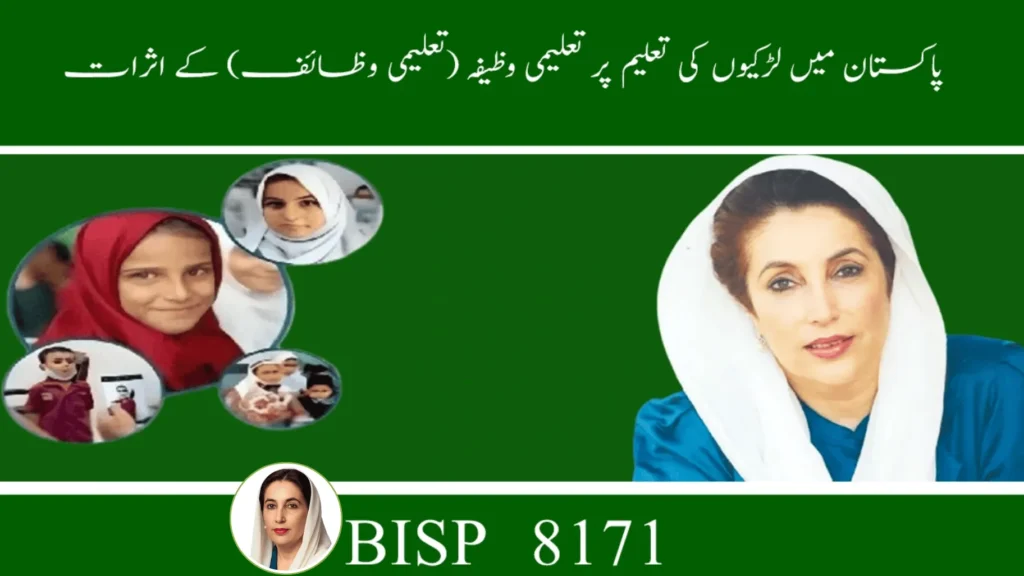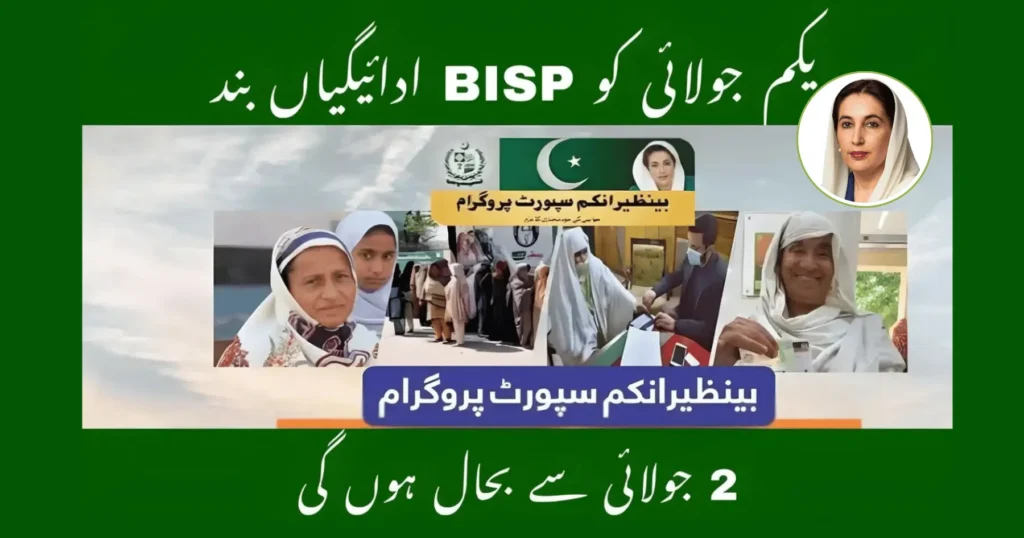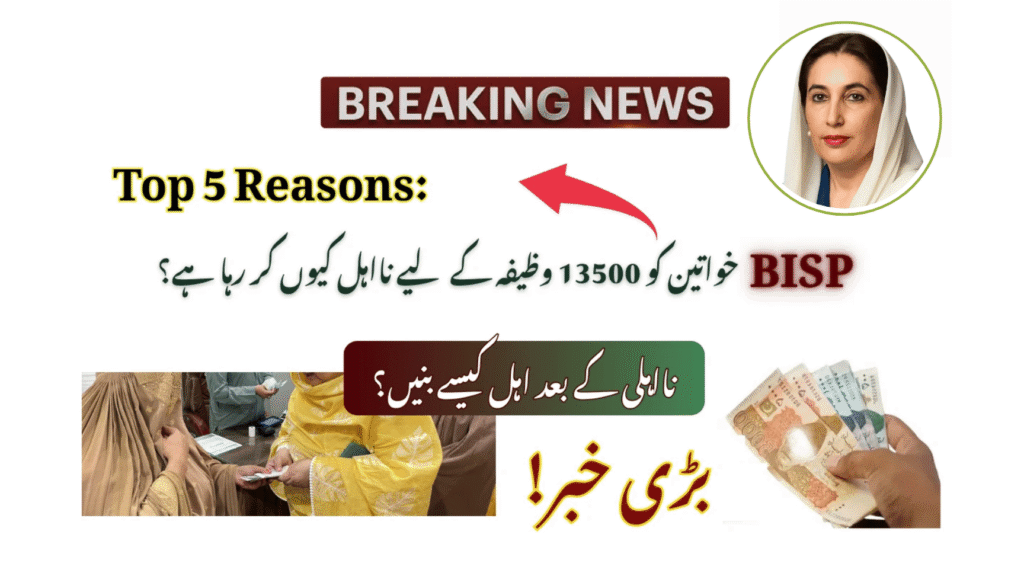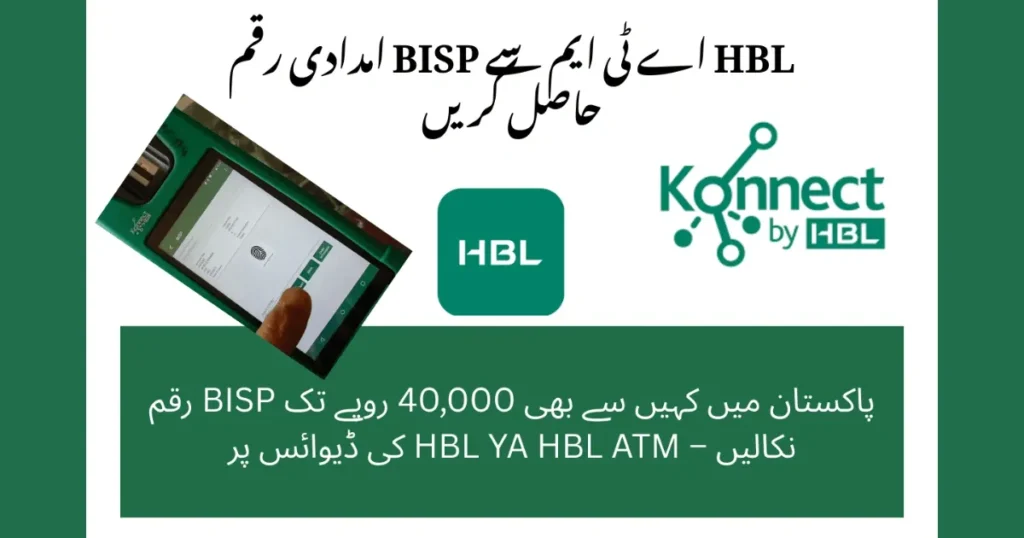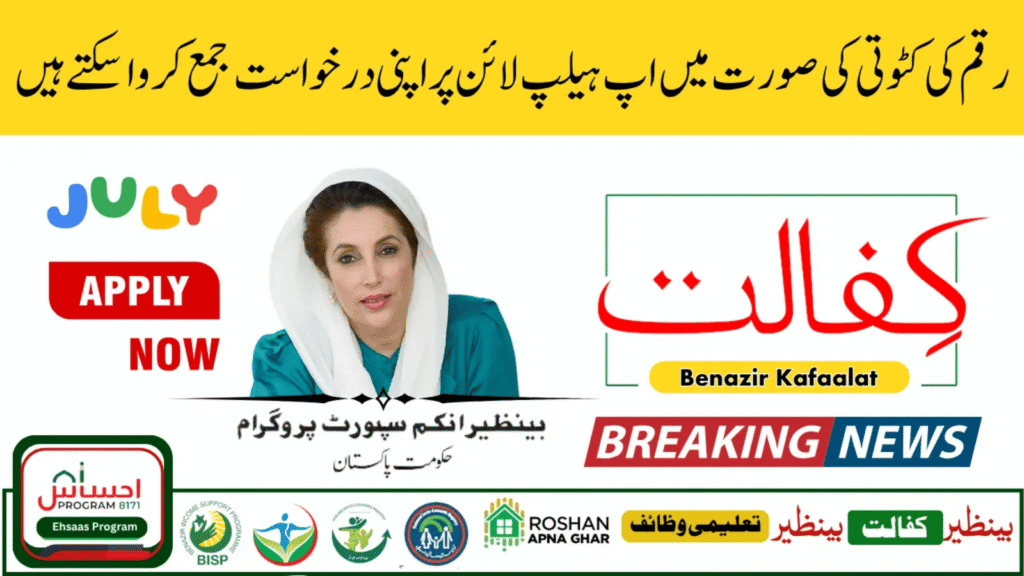Impact of Taleemi Wazaif on Girls’ Education in Pakistan
Education is a powerful tool in breaking the cycle of poverty especially for girls from low-income families. In Pakistan, the Benazir Income Support Programme (BISP) launched a focused initiative known as Taleemi Wazaif to tackle school dropout rates and boost enrollment and attendance among underprivileged children.
A standout feature of this program is its targeted support for girls’ education, offering higher financial stipends to families who ensure their daughters stay in school. This incentive-based approach not only promotes gender equity but also empowers mothers by placing them at the center of educational decisions.
This article explores how Taleemi Wazaif is reshaping opportunities for girls in Pakistan, the progress achieved, and the challenges that still need to be addressed.
🎓 Taleemi Wazaif Program
Complete Guide to Girls’ Education Support
| 📋 Category | 📝 Details & Information | ||||||||||||
|---|---|---|---|---|---|---|---|---|---|---|---|---|---|
| ❓ What Is Taleemi Wazaif? | |||||||||||||
| Program Definition |
Taleemi Wazaif is a conditional cash transfer program under the Benazir Income Support Programme (BISP) that aims to uplift low-income families by promoting education for children, especially girls. It provides quarterly stipends to families—on the condition that their children maintain regular school attendance.
💡 Key FeatureA core element of this initiative is that mothers receive the stipend directly, empowering them to take stronger roles in shaping their children’s educational future. |
||||||||||||
| ⚙️ How the Taleemi Wazaif Program Works | |||||||||||||
| Program Features |
Cash payments are made every three months
Children must attend at least 70% of school days to remain eligible
Stipend amounts increase as children progress to higher grades
Girls receive more than boys to promote gender equality in education
|
||||||||||||
| 💰 Stipend Breakdown (Per Child, Per Quarter) | |||||||||||||
| Payment Structure |
This tiered structure not only encourages initial enrollment but also supports families in keeping their children—especially girls—in school through higher grades. |
||||||||||||
| 👧 Why the Focus on Girls’ Education? | |||||||||||||
| Educational Barriers |
In Pakistan, girls face more obstacles to education than boys due to: Early marriage expectations
Safety concerns in reaching school
Household responsibilities
Limited access to schools, especially in rural areas
Taleemi Wazaif is designed to lessen financial pressure and offer real incentives for families to prioritize girls’ education, which is often overlooked in disadvantaged communities. |
||||||||||||
| 📈 Positive Impact on Girls’ Enrollment | |||||||||||||
| Program Results |
Since its launch, Taleemi Wazaif has shown promising results in improving girls’ school participation nationwide. Key Improvements ObservedIncreased enrollment of girls at the primary and secondary levels
Reduced dropout rates due to the regular attendance condition
Improved gender parity, with the education gap narrowing in several districts
Empowered mothers, as direct stipend recipients, are now more invested in their daughters’ education
In some regions, the program has led to a significant rise in girls’ enrollment at the higher secondary level, where attendance was historically very low. |
||||||||||||
| 🌟 Beyond Enrollment: The Bigger Picture | |||||||||||||
| Long-term Benefits |
While the main goal of Taleemi Wazaif is to get girls into classrooms, the long-term benefits of this initiative go well beyond just school attendance. Additional BenefitsFinancial relief:Stipends help cover school supplies, uniforms, transport, and even meals, reducing the burden on low-income families. Social change:Education becomes a realistic future for girls, and families begin to value their daughters’ potential. Long-term development:Educated girls are more likely to delay marriage, secure better jobs, and contribute to family well-being. Boost to national economy:A growing educated female workforce strengthens the country’s economic and social fabric. By removing key financial and cultural barriers, Taleemi Wazaif is paving the way for lasting generational change. |
||||||||||||
| 🚧 Challenges Still to Overcome | |||||||||||||
| Implementation Issues |
Despite the progress, Taleemi Wazaif still faces significant implementation hurdles that need to be addressed for the program to reach its full potential. Key IssuesLimited outreach:Many eligible families in remote and rural areas remain unregistered. School availability:Lack of infrastructure and female teachers continues to discourage enrollment in underserved regions. Payment delays:Technical issues like biometric verification failures and long travel distances to payment centers disrupt timely disbursement. Quality of education:Enrolling children isn’t enough if schools lack qualified staff, learning materials, or a safe environment. To truly empower girls through education, these challenges must be tackled alongside continued program growth. |
||||||||||||
| 🎯 Policy Suggestions for Future Success | |||||||||||||
| Strategic Reforms |
For Taleemi Wazaif to become a long-term driver of gender equality and educational reform, stakeholders should take the following strategic steps: Expand reach into marginalized and high-need areas
Improve payment systems to avoid delays and make disbursements more efficient for mothers
Invest in school infrastructure, especially in rural districts
Hire and train female teachers to create safe, welcoming environments
Launch awareness campaigns promoting the importance of girls’ education
Adjust stipend amounts to keep pace with inflation and rising education costs
With these targeted reforms, Taleemi Wazaif could evolve into one of Pakistan’s most effective tools for social upliftment and economic progress. |
||||||||||||
| ❓ Frequently Asked Questions (FAQs) | |||||||||||||
| Common Questions |
What is Taleemi Wazaif and how does it work?
Taleemi Wazaif is a conditional cash transfer program under the Benazir Income Support Programme (BISP). It offers financial support to low-income families to ensure their children—especially girls—attend school regularly. To remain eligible, students must maintain at least 70% school attendance.
Does the program really help increase girls’ school enrollment?
Yes, the initiative has led to a significant rise in girls’ enrollment and attendance. Since girls receive a higher stipend than boys, this encourages families to prioritize daughters’ education, helping to reduce the gender gap in schools.
Who receives the stipend and how much is it?
The stipend is paid directly to the child’s mother, empowering her in making education-related decisions. For girls, the quarterly stipend is:
PKR 2,000 for primary PKR 3,000 for secondary PKR 4,000 for higher secondary education |
||||||||||||
🎯 Conclusion
Taleemi Wazaif has emerged as a game-changing initiative for girls’ education in Pakistan. By linking financial assistance to regular school attendance, it has effectively reduced gender disparity, boosted enrollment, and empowered women through direct support.
While there are still challenges—such as rural accessibility, payment delivery issues, and education quality concerns—the program’s foundation is strong. The message is clear: investing in girls today means a stronger Pakistan tomorrow.
💪 With continued focus and improvement, Taleemi Wazaif can help Pakistan achieve its long-term goals of universal education, gender equality, and national development.

